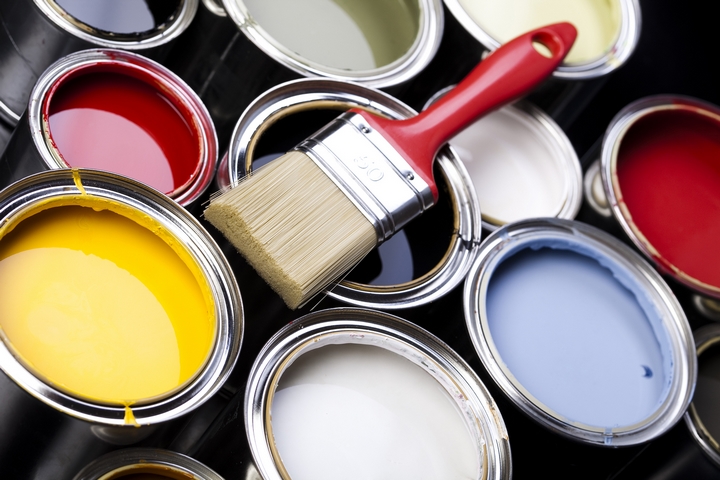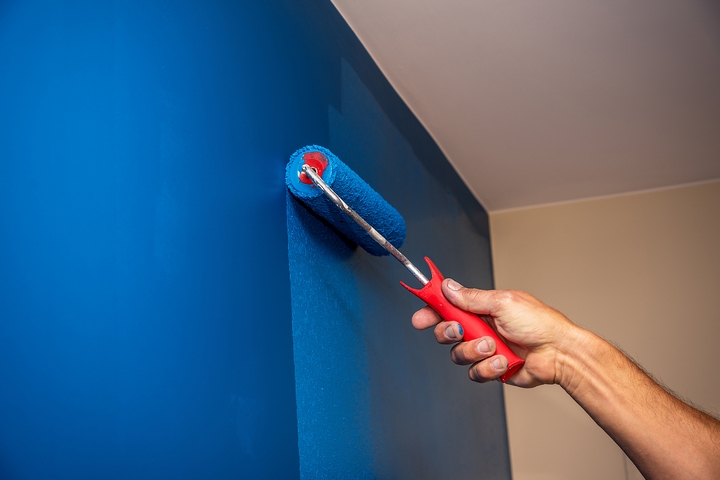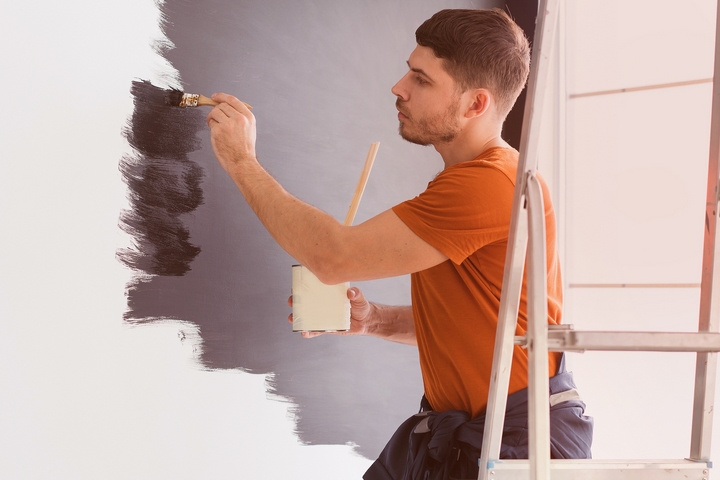Your newly acquired or built home requires an additional touch, no matter how beautiful the plaster appears. Understanding what to paint your walls with is essential to living in the house. Since their invention in the 1700s, exterior and interior paints have been life savers to many homes.
Architects and designers have transformed buildings into small pieces of heaven on earth thanks to the exterior and interior paints. Most essentially, ensure not to use either paint in place of the other due to the related risks. You should differentiate between exterior and interior paints, learning about their differences.
Here is the ultimate guide to exterior paint vs interior paint:
Ingredients in Paint

First, you might require grasping the basic ingredients of making paint as they are essential terms. Both exterior and interior paints are made with the same ingredients, although in different concentrations. Each ingredient plays a vital role in enabling the paint to work satisfactorily, as expected.
Resins
Resin is the binder that holds pigment fragments together, offering maximum adhesion during painting.
Pigments
Pigments are fine insoluble particles that impart colour and opacity when added to paint formulations.
Additives
Additives provide the paint with extra properties such as thickness, improved adhesion, and colour perfection.
Solvents
As the name suggests, solvents disperse or dissolve the other paint ingredients to achieve the desired results.
Differences Between Exterior and Interior Paints

After understanding the main ingredients for making paint, below are the main differences between exterior and interior paints:
Cost
If you have engaged with paints before, you must have witnessed that exterior paints are priced slightly higher than interior ones. Although the difference isn’t significant, it’s because exterior paints require more chemicals and additives.
Adhesion
Exterior paints are designed to adhere better to nearly all external walls and can withstand various weather conditions. High-quality products like Benjamin Moore outdoor paint are known for their strong adhesion. On the other side, interior paints might not adhere as perfectly as exterior ones due to their composition.
Pigments
Exterior paints majorly use non-organic pigments, giving them long-lasting and high-concentration properties. In contrast, interior paints use organic pigments to avoid too many chemicals and odours that might be unsafe for humans and animals around the house.
Resins
Interior paint uses silicone and epoxy as its binding resins, giving it calm and human-friendly properties, while exterior paint uses acrylic, making it more durable and more substantial in odour and chemicals.
Additives
Interior paints have few additives as they barely experience harsh conditions. On the other hand, exterior paints require more additives to help them withstand different weather, temperature, and climates.
Longevity
Exterior paints are made to withstand various weather and climatic conditions, thus having a greater life span than interior ones, which can endure minor unfavourable situations, infrequent scrubbing, and cleaning.
Volatile Organic Chemicals (VOCs)
VOCs aid in a smooth paint flow during painting and can harm human health when inhaled excessively. VOCs are higher in exterior paints and will vaporize better on the outside.
Fading
Your paint, whether interior or exterior, is bound to fade as the year progresses. However, the additional additives in exterior paint enable it to resist the effect of sunlight, reducing fading. In contrast, interior paint contains few additives and thus might fade faster than its counterpart.
How to Choose an Exterior Paint Colour

Below are several factors you require to consider when choosing your exterior paint colour:
Climatic condition
Climate plays a significant role in the colour of paint you use on your exteriors. For instance, bright colours are mainly suitable for warm and sunny environments to deflect heat and cool the interiors satisfactorily.
House materials
The materials used to build your house vitally contribute to your choice of exterior paint colour. Bricks, tiles, concrete, or metal absorb various exterior paint colours differently and must be considered to avoid awkwardness and related losses.
Neighbourhood
Most essentially, you must consider the neighbours when choosing your exterior paint colour to avoid standing out awkwardly or being the ‘copycat’ in the hood.
Architectural design
Different architectural designs accommodate various exterior paint colours differently. Some designs will fit in neutral or bright tones, while others accommodate warm tones.
How to Choose an Interior Paint Colour

Below are various factors to consider when choosing the best interior paint colour for your house:
Rooms
Various rooms will accommodate interior paint colours differently. For instance, the bedroom might appear perfect in neutral tones while the kitchen accommodates bright colours well.
Lighting
Your preferred interior paint colour should allow the maximum effect of natural light in the room.
Primary colours
Your preferred interior paint should align with the house’s primary colours, like furniture, décor and curtains.
Quality
Quality remains unshakable regarding interior paints for your family’s health.
Washability
Your preferred interior paint colour should be washable enough, depending on the room. For instance, kitchen and bathroom paints need to be more washable than the other rooms due to their vulnerability to stains.
